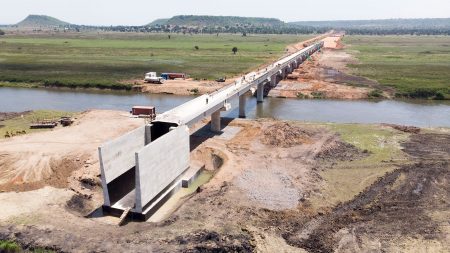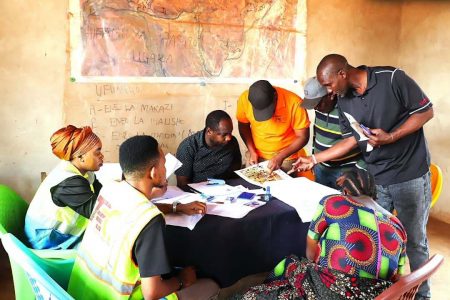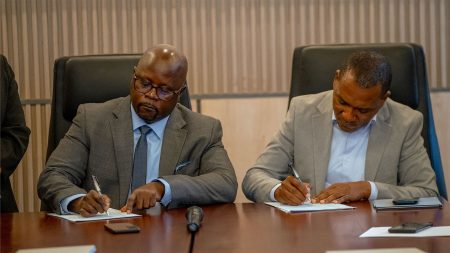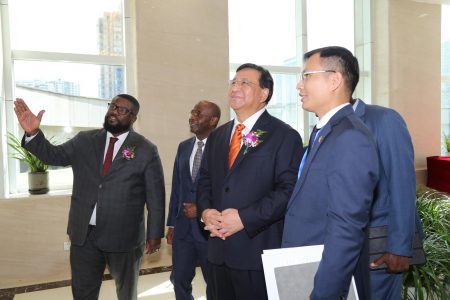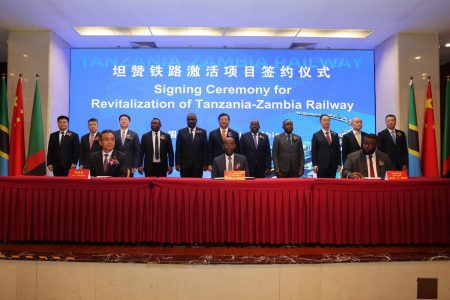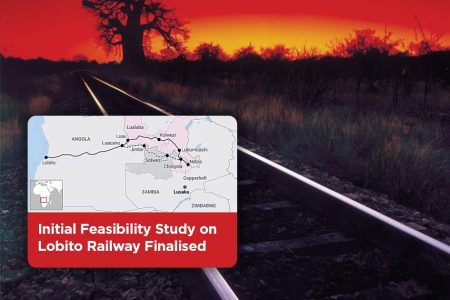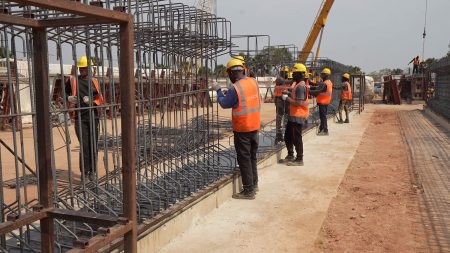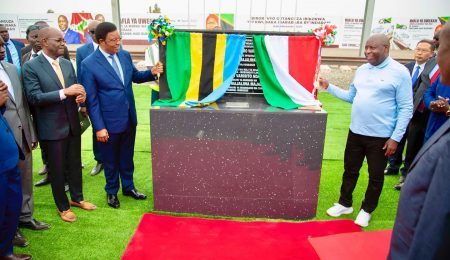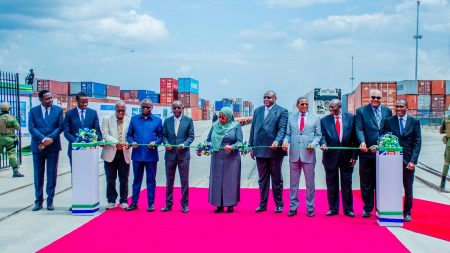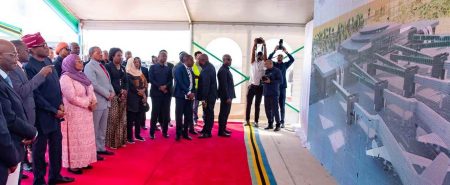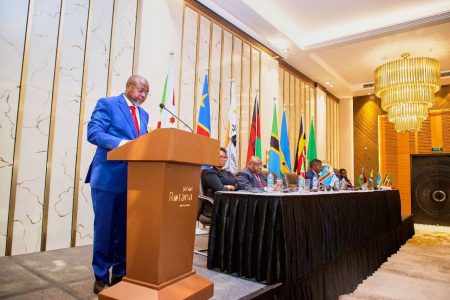This content is for Premium Subscribers only. To view this content, login below or subscribe as a Premium Subscriber.
Related News Articles
Tanzania’s Malagarasi Bridge Reaches 96 Percent Completion under SGR Phase 2
05 December 2025
East Africa, Tanzania
1 min
East Africa’s Rail Corridors Gain Momentum as EAC Shares Updates in Luanda
21 November 2025
East Africa, Tanzania
1 min
TRC and TCB Launch SGR Ticket Payment Card
18 October 2025
East Africa, Tanzania
1 min
SPV to Manage TAZARA’s Freight Operations
18 October 2025
SADC, Zambia
3 min
Government Assures China Railway CRCC of Support in TAZARA Revitalisation Process
30 September 2025
SADC, Zambia
1 min
Zambia, Tanzania and China Sign $1.4 Billion TAZARA Revitalisation Agreement
30 September 2025
SADC, Zambia
1 min
Initial Feasibility Study on Lobito Railway Finalised
29 September 2025
SADC, Zambia
2 min
Zambian President Says Negotiations for TAZARA Concession Concluded
22 September 2025
SADC, Zambia
1 min
Tanzania Railways Corporation to Create 2,460 Jobs
25 August 2025
East Africa, Tanzania
1 min
Tanzania–Burundi SGR Construction Begins
24 August 2025
East Africa, Tanzania
1 min
Setting the Record Straight on TAZARA’s Historic Concession
01 August 2025
SADC, Zambia
1 min
1 min
